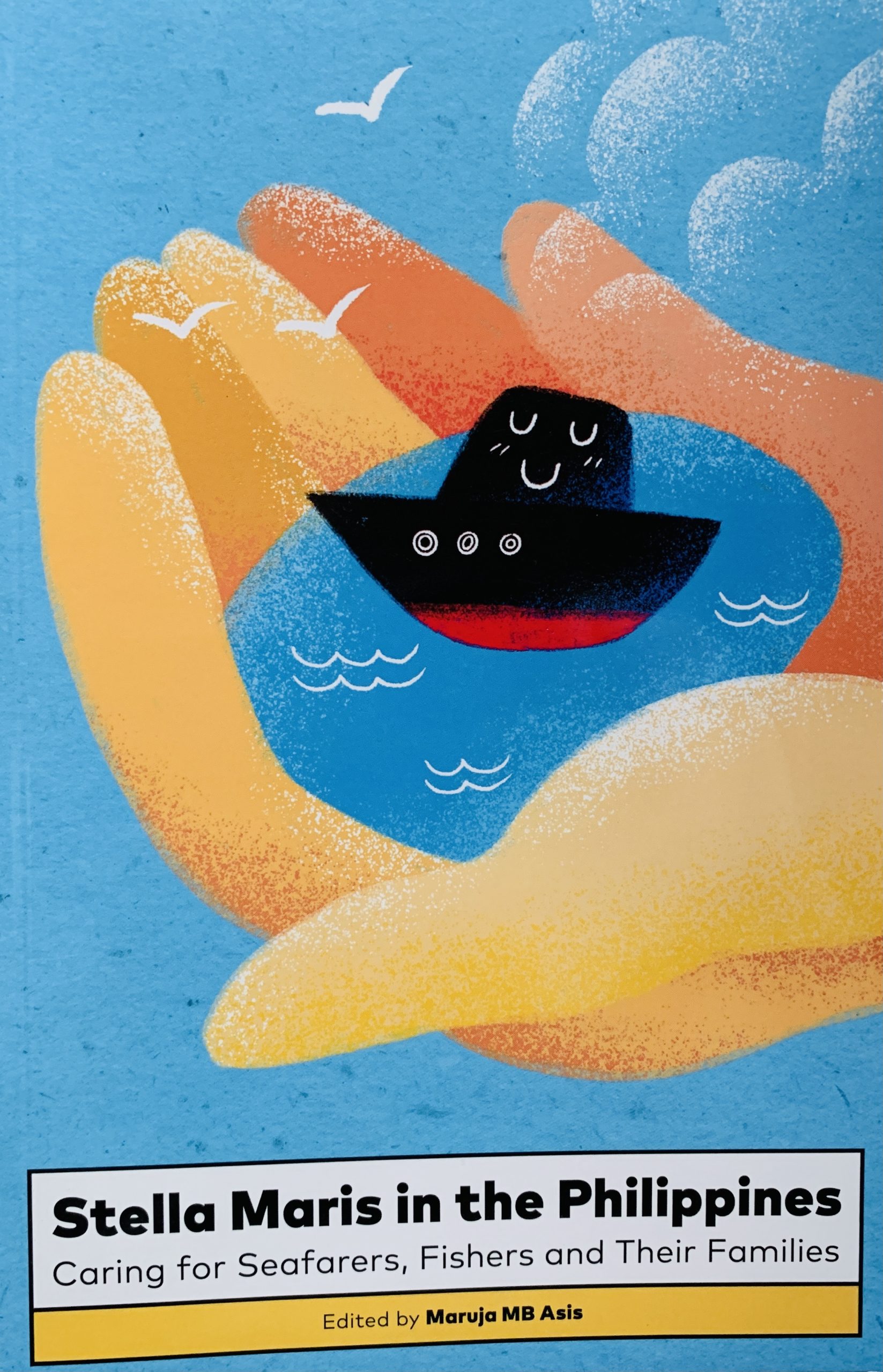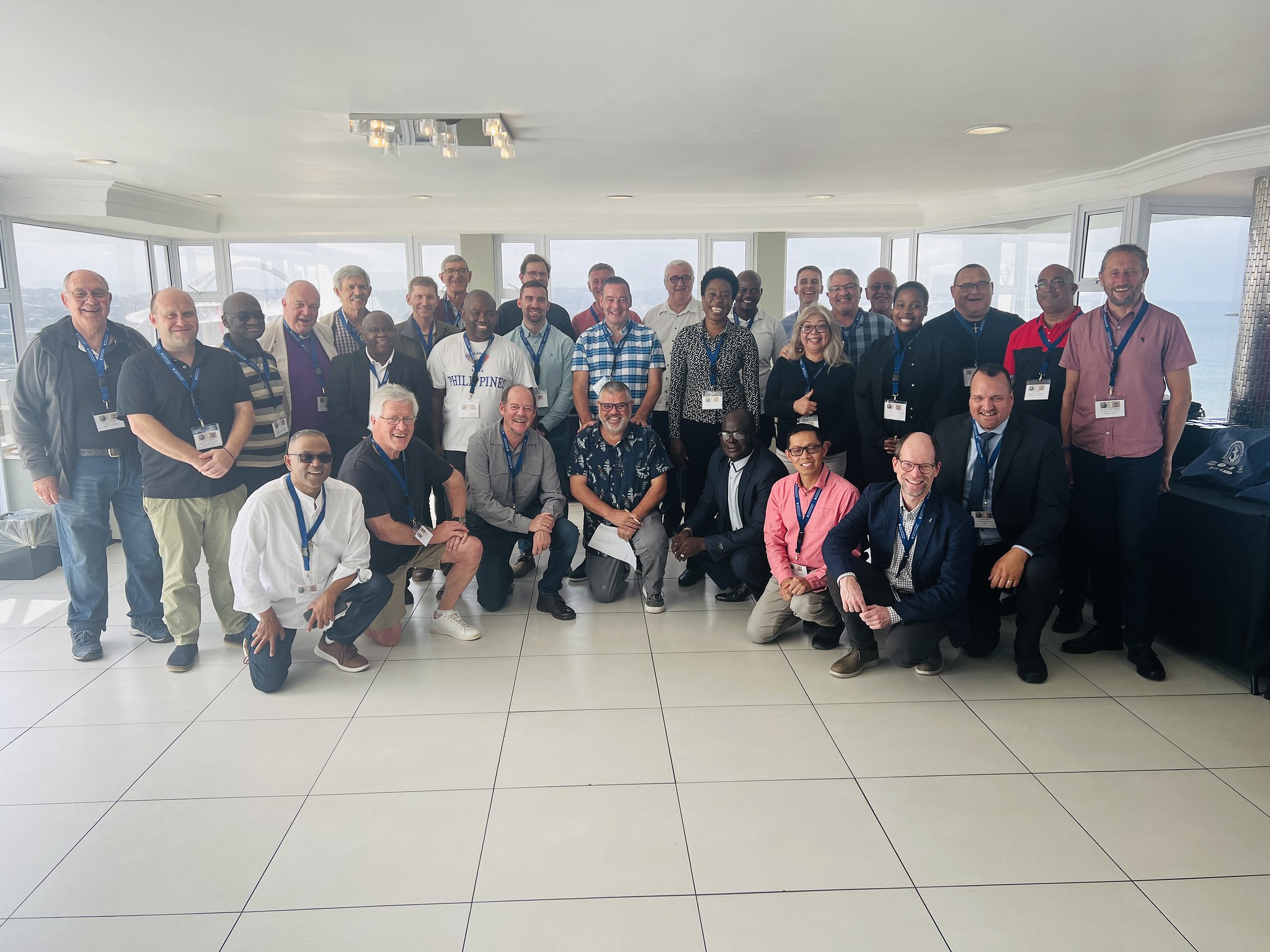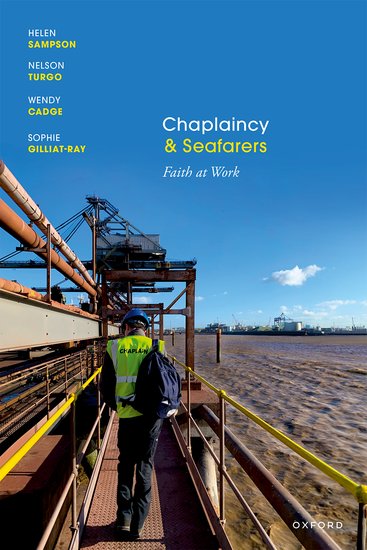Review by Jason Zuidema
Maruja MB Asis, ed. Stella Maris in the Philippines: Caring for Seafarers, Fishers and their Families. Scalabrini Migration Center. 2021. 124pp.
This edited collection brings together narrative and documents to understand Stella Maris ministry in the Philippines. Stella Maris – formerly Apostleship of the Sea – the Catholic maritime charity, is present in more than 300 ports around the world. Though present in a number of other countries previously, it was only begun in the Philippines in 1958. The network has now expanded into 11 centers around the country. As the Philippines has grown into the leading seafarer and fisher supply country, so too has the need for organized ministry among the people of the sea grown. The book’s six chapters help understand the history of Stella Maris in the Philippines, the key needs of seafarers and fishers, perspectives on family life, and a view to the future.
Filippino seafarers have grown to dominate the seafaring industry. In 1960 there were just 2,000 Filipino seafarers on international vessels. That number rose to 482,393 in 2018 (5) This book attempts to draw together a fuller picture of Stella Maris in the Philippines using existing documents and by interviews with those who have participated.
Started in the Philippines in 1958 with the appointment of Msgr. Justino Ortiz as Chaplain, the ministry stalled a certain period of time during the martial law period. In the 1980s, the ministry with seafarers was revived and flourished as the number of Filipinos working in maritime overseas grew. This also coincided with the arrival of the Scalabrinian Missionaries, who could offer their experience in working with migrants.
Perhaps different from some other Stella Maris or ecumenical partner organizations worldwide, Stella Maris in the Philippines has significant presence in the whole employment cycle of seafarers. They touch the lives of students, families, those between contracts, in Manila and the provinces, and many more settings. By virtue of running dormitories in Manila, for example, they can provide spiritual support in-country, and not just in ports. As another example, they are also regularly asked to provide pre-departure orientation seminars for new seafarers.
In Chapter 3, Mary Con Kimberly S. Juanillo explains the results of a survey of 500 seafarers undertaken from November 2020 to February 2021. Though undertaken during the COVID-19 pandemic, it provides an interesting perspective on the lives of Filippino seafarers. As explained, “Nine in 10 respondents reported encountering challenges while they are at work. Problems with working conditions (notably, long working hours) were mentioned, but significantly, the primary concern of seafarers pertains to their left-behind families. The large proportion of seafarers reporting loneliness at sea speaks of the psychological costs borne by seafarers.” (37)
The survey of seafarers in chapter 3 is mirrored by a smaller survey of 25 fishers in chapter 4. These surveys were carried out among Filipino fishers working out of Taiwan, and point to the important growth in programs for awareness-raising, advocacy, and support for left-behind families.
The longest of the book’s chapters – chapter 5 – focuses on navigating and sustaining family life of seafarers. Ten first-hand stories paint the complex picture of challenges that are brought by life abroad. As the chapter begins, “Paradoxically, for the love of their families, they must leave home and family and pursue their dreams without their families by their side.” (47) The chapter mentions that the 10 stories alone cannot be generalized to speak for all seafarers, but there are commonalities that touch most. The key reality in family life is about absence: “marriage to a seafarer means being prepared to have a marriage and family life that is characterized by the absence of the seafarer-spouse that can span decades.”(47) No doubt, tight finances is a theme that runs through each.
The final chapter of the book looks to the future, both to navigate the ongoing pandemic, but also all other challenges in the years ahead. A key challenge to overcome is finding regular and adequate funding. “It would be healthy to harness local funding, including funding support from the local Church, to lessen the dependency on external funding.” (114)
The chapters of the book together can help a reader understand the dynamics of Stella Maris in the Philippines, but also the realities of the lives of seafarers and fishers worldwide. Since the Philippines is so important as a worker-supply country, the efforts to do seafarers’ welfare work there have ended up touching thousands of lives. It is interesting to read of the initiatives that touch seafarers and fishers at all parts of their lives – from young students, to those in mid-career, to retirement seafarers, and with their families.




